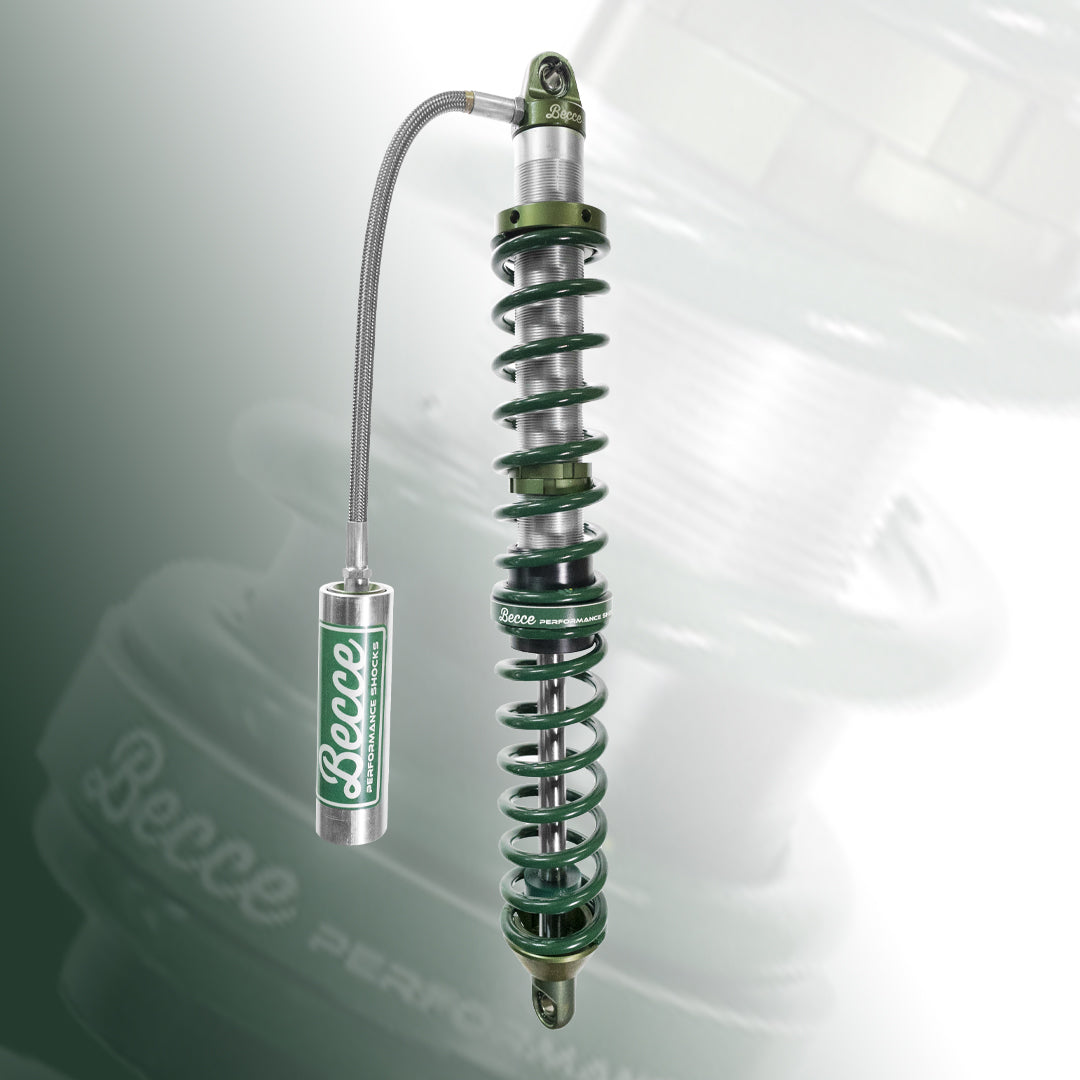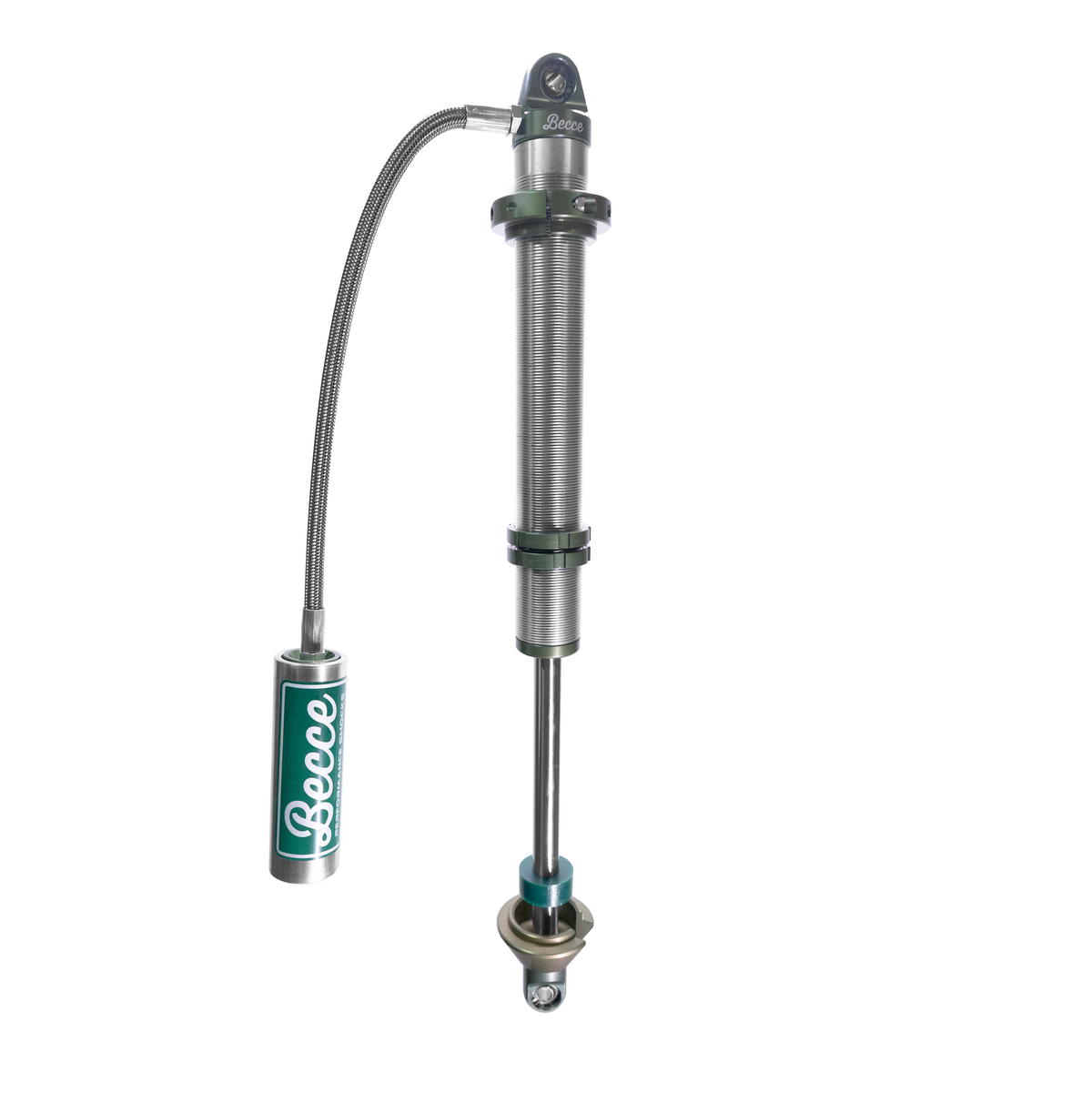Introduction
Few things ruin an off-road adventure faster than a suspension failure. In Canada’s rugged backcountry, your shocks take a beating from rocky trails, potholes, snow, and mud. Over time, even the toughest suspension setups wear out — and when they do, your ride quality, safety, and vehicle control suffer.
The good news? Your shocks give you warning signs before they completely fail. In this guide, we’ll cover the top 5 signs your shocks need replacing, so you can upgrade before your next big adventure and keep your 4x4 performing at its best.
Why Shock Absorbers Matter
Shocks are the heart of your suspension system. Their job is simple but crucial: control how your wheels move over bumps and keep your tires in contact with the ground. Without functioning shocks:
-
Your ride becomes bouncy and unstable.
-
Stopping distances increase.
-
Other suspension components wear out faster.
For overlanders and off-road enthusiasts in Canada, shocks are even more important because trails are unpredictable — one rough descent can expose weak suspension instantly.
Top 5 Signs Your Shocks Need Replacing
1. Your Ride Feels Rough and Bouncy
One of the earliest signs of worn shocks is a change in ride comfort. If your 4x4 feels bouncy, especially on gravel roads or after hitting potholes, your shocks may no longer be absorbing impacts properly.
Pro tip: Push down on the hood or rear bumper of your vehicle. If it keeps bouncing more than once or twice, your shocks are worn out.
2. Longer Stopping Distances
Shocks don’t just control comfort — they also affect braking. When shocks wear out, your tires lose contact with the road under hard braking. This increases stopping distances, which can be dangerous both on highways and on steep off-road descents.
If you notice your 4x4 “dives” forward when braking, it’s time to check your shocks.
3. Uneven Tire Wear
Worn shocks allow tires to bounce excessively, creating uneven tread patterns known as “cupping” or “scalloping.” If your tires show strange wear despite regular alignment, weak shocks are likely the culprit.
Since tires are expensive, catching this problem early saves money in the long run.
4. Visible Leaks or Damage
Shocks contain hydraulic fluid that helps dampen movement. If you see oil leaking down the side of your shocks, they’ve lost their ability to function.
Other warning signs include:
-
Dented shock bodies (common after off-road impacts).
-
Rust or corrosion (especially from Canadian winter salt).
A simple visual inspection during routine maintenance can reveal problems before they get worse.
5. Poor Handling and Stability
When shocks wear out, your vehicle may feel unstable at higher speeds or on corners. Common handling issues include:
-
Excessive body roll when turning.
-
Rear end swaying when towing or carrying gear.
-
Vehicle “floating” or wandering at highway speeds.
For overlanders carrying rooftop tents or heavy gear, poor shocks can become a serious safety risk.
How Often Should You Replace Shocks?
The lifespan of shocks depends on how you drive:
-
Highway/City Driving: 80,000–100,000 km.
-
Off-Road/Overlanding: 40,000–60,000 km (or sooner if you hit trails regularly).
Since Canadian overlanders face mud, rocks, and winter salt, shocks tend to wear out faster than in mild climates. Regular inspections are essential.
Choosing the Right Replacement Shocks
When it’s time to replace your shocks, you’ll want to choose parts designed for Canadian overlanding conditions:
-
Monotube Shocks → Better heat dissipation, ideal for long trails.
-
Twin-Tube Shocks → More affordable, good for mixed driving.
-
Heavy-Duty / Off-Road Shocks → Built for carrying extra weight, rooftop tents, and gear.



0 comments